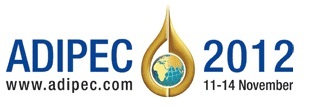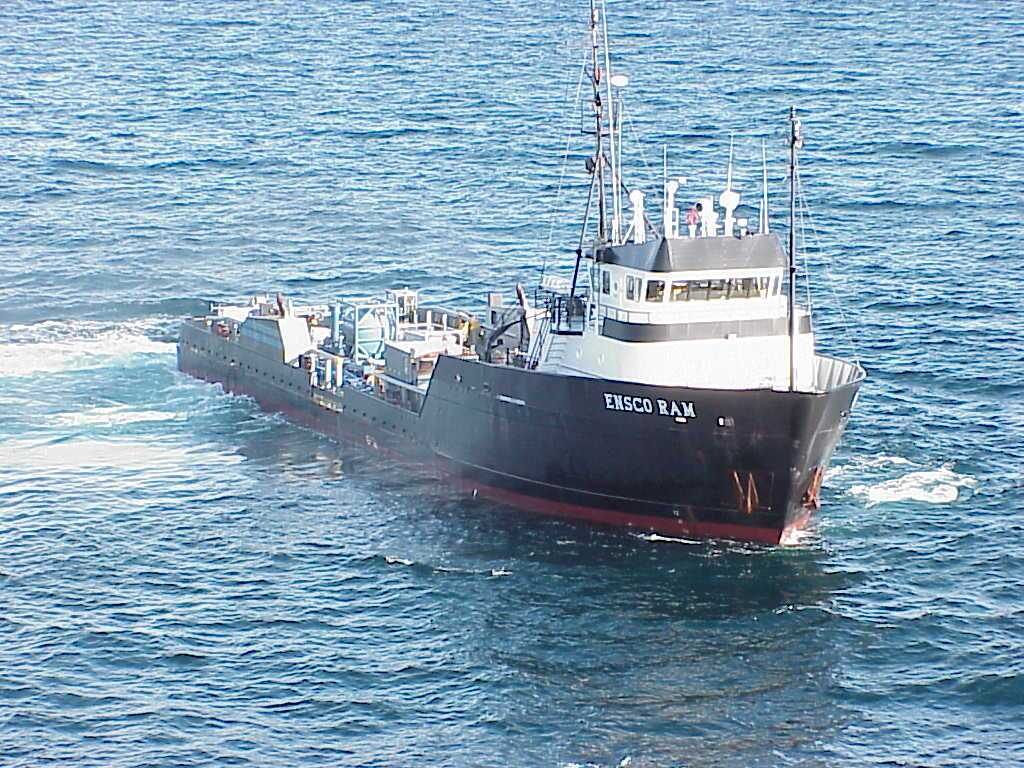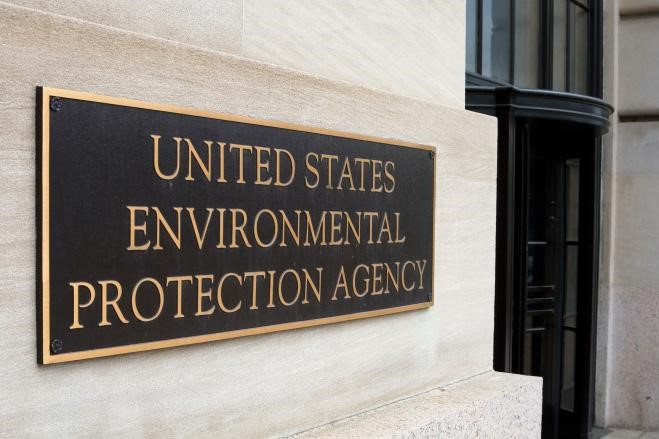
Industrial Fire Safety & Role of Multidisciplinary Engineering
Fire and safety procedures are essential in every industrial setting. Fires and other hazardous accidents are always possible at an oil refinery, a manufacturing factory, or a chemical facility. These settings contain complicated machinery, volatile materials, and high-pressure operations, which make them prone to fires, explosions, and chemical spills. As industrial activities become increasingly complex, the safety of employees, equipment, and the environment becomes a key responsibility. A well-designed fire and safety system is essential for avoiding calamities. It saves lives, lowers property damage, and decreases operating downtime. Strong fire protection and safety practices may frequently be the difference between a small occurrence and a catastrophic one.

However, creating and implementing an efficient fire safety system in such complex industrial environments necessitates knowledge of varied engineering disciplines. This is where a multidisciplinary design engineering company comes into play, providing a mix of specialist expertise across several sectors to guarantee that fire safety systems are regulatory compliant and adapted to the industry’s unique demands.
Industrial Fire Safety Challenges in Industrial Setups
Industrial areas are sometimes fraught with safety concerns. Industrial accidents could happen for various reasons, and minimizing these risks requires a thorough understanding of the business and the unique processes at work.
- Risk of Fires and Explosions: Oil and gas, chemicals, and industrial facilities are industry segments prone to fires and explosions. Flammable liquids, gasses, and high-temperature procedures all increase the fire danger. Electrical problems, equipment failure, or human mistakes can quickly turn a minor event into a significant calamity. For example, oil refineries handle volatile hydrocarbons, which, if ignited, may spread flames rapidly. Toxic chemicals in chemical facilities can complicate firefighting efforts. These accidents can cause substantial financial losses and risk lives.
- Regulatory Compliance and Safety Standards: Industries must adhere to severe fire safety laws and standards, which vary by area and industry. Failure to follow the standards mentioned below can result in significant penalties, legal conflicts, and substantial interruptions to corporate operations. Noncompliance can harm a company’s brand and undermine stakeholder trust, in addition to the financial consequences. Firms must know local and worldwide safety regulations to minimize these hazards and strictly follow fire safety measures. This is where the knowledge of a multidisciplinary design engineering organization becomes invaluable, guaranteeing that safety procedures are fully integrated and compliant.
- Complexities in Large-Scale Industrial Operations: Industrial operations often involve complex setups with interconnected systems. Designing an efficient fire prevention system necessitates incorporating safety measures into complicated industrial processes while maintaining day-to-day operations. Consider a refinery: its fire protection system must handle the unique requirements of high-pressure pipes, vast storage tanks, and complicated machinery, all necessitating tailored fire safety solutions. Given the complexities of fire safety, a one-size-fits-all strategy will not work. Each facility provides distinct risks and problems, necessitating specific solutions consistent with its operations. Multidisciplinary design engineering organizations excel in dealing with this complexity by bringing together professionals from various disciplines, including electrical, mechanical, civil, and structural engineering, to create complete and specialized fire protection systems.
Industrial Fire Safety Tips
Industrial fires can be both dangerous and highly destructive, with the potential to cause significant damage to buildings and costly equipment. No industrial facility aims to face such losses, so companies must prioritize fire prevention and protection. However, safeguarding against industrial fires is no simple task. Here are five essential tips to help companies enhance fire safety within their facilities.
- Install and Maintain Fire Alarms: A complete fire alarm system is essential for every industrial facility. Visual and audible alarms should be strategically positioned around the building and inspected regularly to guarantee proper performance. This system serves two functions: it informs personnel to evacuate quickly and gives early notice to confine and handle the fire. Alarms can also be set to automatically notify local fire departments, decreasing response times and limiting damage.
- Provide appropriate fire safety training: Provide staff with thorough training for their respective tasks. This involves detecting fire threats such as mechanical failures and knowing how to respond to flames (e.g., wood, oil, electrical and more). Knowledge of fire classes and suppression techniques enables them to take necessary steps to prevent or lessen fire events, decreasing damage and improving workplace safety.
- Conduct Regular Hazard Analysis: Regular hazard evaluations are vital for lowering fire hazards. Recognizing and resolving possible fire hazards is essential while minimizing the risk of fire accidents. The consideration would include improving ventilation, eliminating combustible objects from heat sources, and keeping the workplace clean and safe.
Implementing these procedures can help avoid fires and ensure the safety of industrial processes.
Standards & Regulation for Industrial Fire Protection
Property owners & operators, plant managers & technicians must understand and follow their region’s fire safety requirements and laws. Adhering to these standards contributes to a safer environment, reduces fire hazards, and protects people and property.
Here are some examples of fire safety authorities and regulations across different countries:
United States
- Occupational Safety and Health Administration (OSHA)
- National Fire Protection Association (NFPA)
United Kingdom
- Regulatory Reform (Fire Safety) Order 2005 (FSO)
- Health and Safety Executive (HSE)
Australia
- New South Wales (NSW) Department of Planning
- Safe Work Australia
The Role of a Multidisciplinary Design Engineering Company
A specialist company brings expertise, helping industrial setups implement effective fire safety systems. These companies draw on the collective knowledge of engineers across different disciplines to ensure that fire protection systems are comprehensive, compliant, and integrated seamlessly with the rest of the facility’s infrastructure.
- Fire Protection System Design: They help you design fire prevention systems. It would include consideration of sprinklers, smoke alarms, suppression systems for fires, and evacuation mechanisms, in addition to fire extinguishers and sirens. A well-designed fire prevention system is customized to the threats of an industrial building. For example, an oil refinery’s multidisciplinary engineering team may create a fire suppression system that acts immediately when a flammable gas leak is detected. The system might incorporate high-performance sprinklers to control the fire and sirens to alert staff to leave the area. Engineers ensure that these systems are correctly connected with the plant’s central control system, allowing them to function seamlessly in the case of an emergency.
- Process Safety and Hazard Analysis: It is essential in hazard assessments, and process safety studies like – HAZOP, and fire scenario analysis are two techniques that can assist in identifying possible dangers and provide preventative actions. These studies are critical in high-risk areas such as petrochemical factories and LNG facilities, where a single spark might trigger an explosion. For example, process safety experts collaborate with mechanical and electrical engineers to create equipment that emphasizes fire safety. This includes implementing explosion-proof machinery, effective ventilation systems, and dependable emergency shutdown methods as vital components of the fire safety approach. The primary objective is to detect possible hazards early on and build strategies to prevent or control these risks before they become significant successfully.
- Regulatory Compliance Assistance: One of the most challenging components of industrial fire safety is negotiating the complexity of regulatory mandate. A multidisciplinary engineering firm may aid by verifying that all fire prevention systems adhere to local and international safety standards. Whether it’s implementing OSHA requirements in the United States or European safety regulations, a diverse team can help customers navigate the compliance process. In addition to initial compliance, these organizations provide audits and continuing maintenance to ensure that fire safety measures remain effective over time. This method helps firms avoid penalties while giving peace of mind by ensuring their facilities are as secure as possible.
- Engineering Across Disciplines: Collaborating with several technical disciplines is essential for achieving complete fire safety. Electrical engineers, for example, are responsible for constructing emergency lighting, backup power systems, and fire alarm networks. Mechanical engineers work on ventilation systems that regulate smoke during a fire, whereas civil and structural engineers guarantee that buildings and structures are fire-resistant. For example, a building’s structural integrity must be maintained during a fire for safe escape. Civil engineers assess how the building would behave in a fire, ensuring that crucial load-bearing parts are heat-resistant and stable. By collaborating, engineers from diverse disciplines develop a comprehensive fire safety policy encompassing all industrial processes.
Final Words
Industrial facilities prioritizing fire and safety should work with multidisciplinary design engineering firms to offer comprehensive protection of assets. Companies like Rishabh Engineering provide detailed engineering services that ensure the fire protection systems adhere to all legal standards and integrate seamlessly into the facility’s general operations. They provide bespoke solutions that improve safety and efficiency by utilizing expertise from various technical areas. Finally, investing in effective fire and safety systems saves lives, reduces operational downtime, and protects organizations from severe financial losses. A proactive strategy, supported by a varied engineering staff and thorough engineering services, is essential for sustaining safe, efficient, and compliant industrial settings.
Seek Help With Fire & Safety Services For Your Setup?
Our team helps design & implement fire safety frameworks to protect your facility and ensure compliance.
Related Blogs
Related Blogs
Meet Rishabh Engineering at ADIPEC 2012 for Potential Partnerships in Engineering Support Solutions
Rishabh Engineering, a multi-disciplinary engineering support division of Rishabh Software,…
Norway Opens New Arctic Area to Oil Drilling While U.S. Drilling Drops & Canadian Drilling Increases
Recently, the Parliament of Norway voted to open up a…


